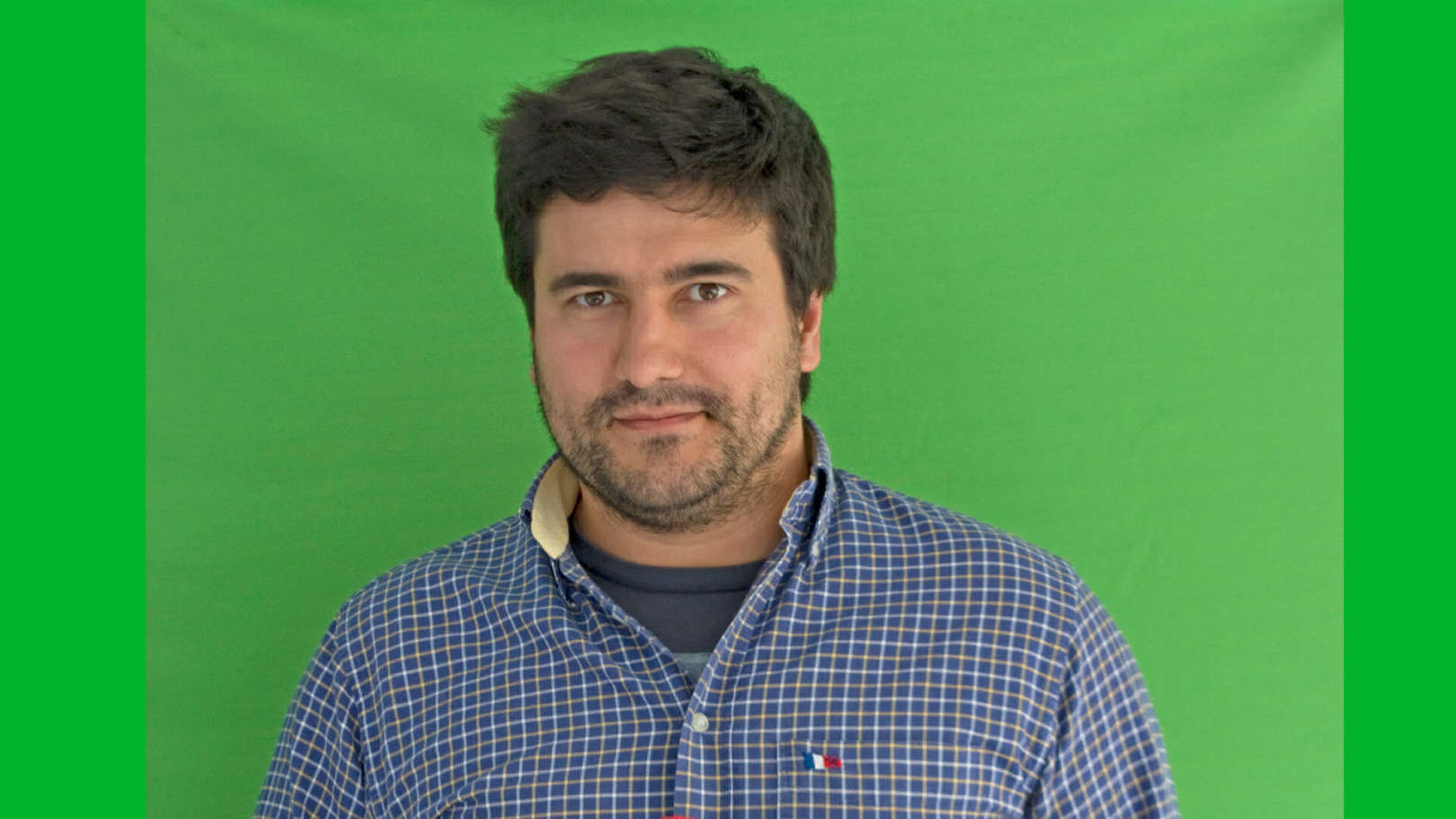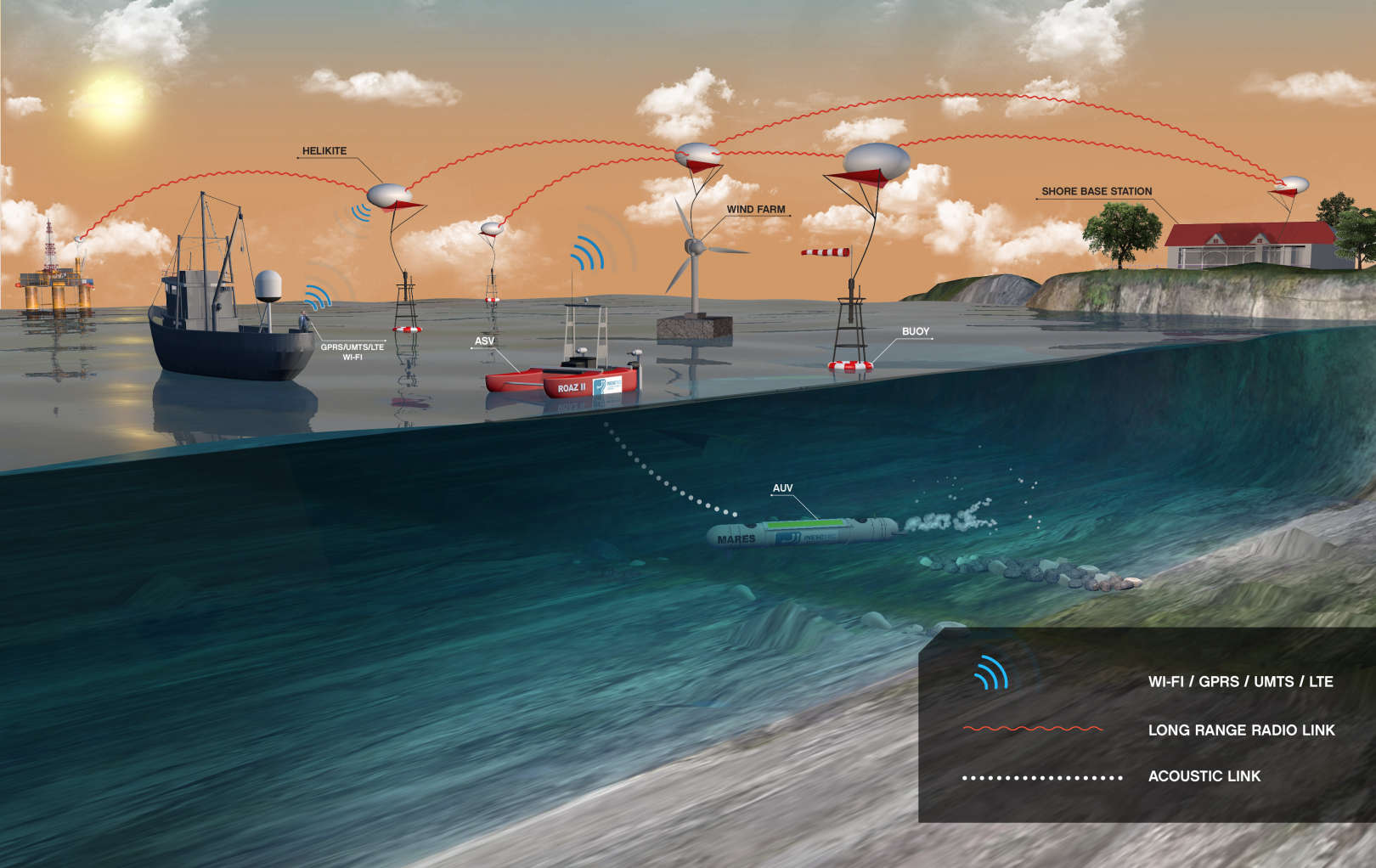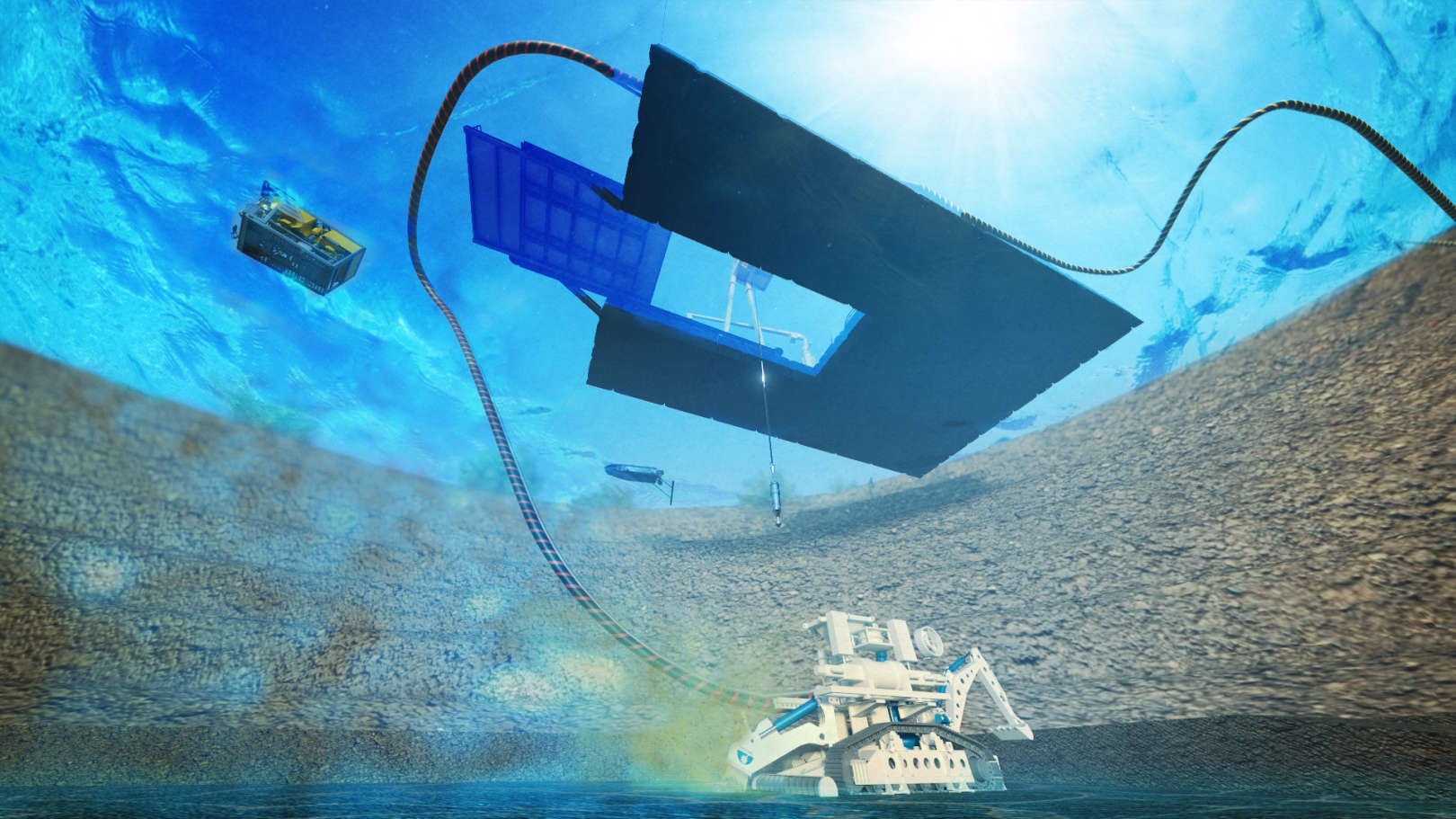Sobre
Hugo Ferreira é atualmente um investigador sénior do centro de robótica e sistemas autonomos do INESCTEC (CRAS). Detem curso de engenharia eletrotécnica tirado no Instituto Superior de Engenharia do Porto (ISEP-IPP). Os principais interesses cientificos são: Robótica móvel e sistemas autónomos. Trabalha/Investiga nas áreas da robótica marinha, principalmente em veículos subaquáticos e de superfície, bem como sonares e sistemas de navegação. Atualmente está a trabalhar em diversos projetos que envolvem percepção e navegação. É também professor assistente na escola ESHT do Politécnico do Porto.




